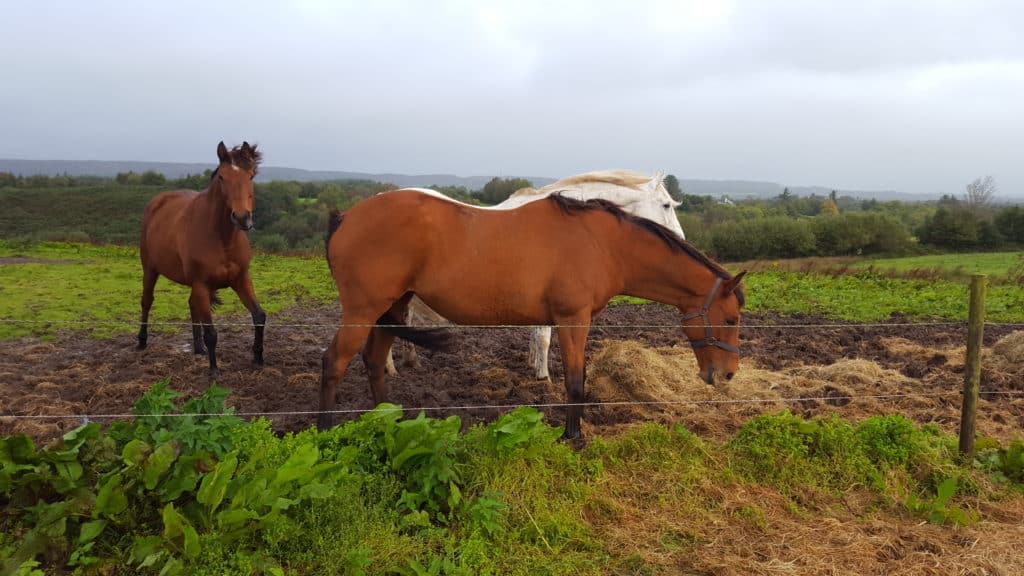
So your thinking of breeding from your mare, it all sounds very easy but there are a few things to bear in mind before you embark on this mission.
Mares should be carefully selected for breeding, they should not be breed from just for sentimental purposes, it’s a fact that only about the top 25% of horses produced actually break even or make a financial profit for the breeder.
Economics dictate that it has become more important to have early foals, some mares are expected to be ready to breed in February. At this time they are naturally in a non breeding state.
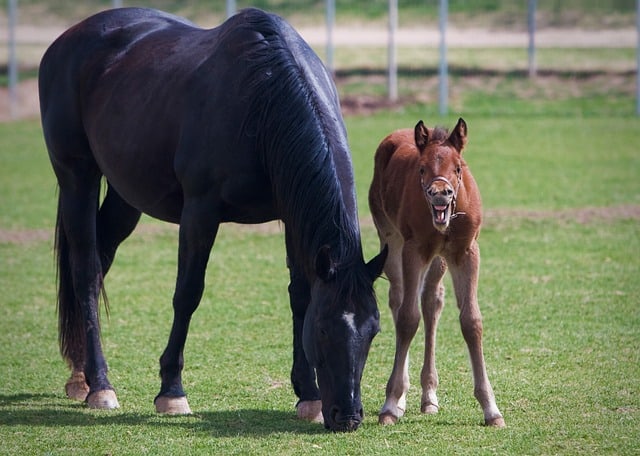
As gestation is approximately 11 months nature has worked the mares breeding season to coincide with when there is better weather and more grass, this satisfies the needs of the mare and foal and gives them a good chance of survival. Thus the natural breeding season in the northern hemisphere is from May to September, with a transitional period during March/April and October/November where some mares will still be coming into season depending on the weather conditions.
Still Interested in breeding?
Let’s take a look at some of the things you need to do to have the best chance of getting your mare in foal. So what wakes up this breeding cycle in the mare? There are a number of factors that wake up the mares hormones and put her in a state ready to breed.
Let there be light!!

The first is Day light. Most mares need 90 days of 14 hours of day light to stimulate the breeding hormones to start, some will need 16 hours of day light. So as the days start to stretch the mares register the day length and it begins to kick start the breeding cycle.
However if you are looking for an early foal for sale or show then we have to be a bit sneaky and trick the mare with artificial light. This can be done by stabling the mare at night and having the light left on. You do need to have the mare in by 4.30 pm and ensure she has not got her head out in the dark as the eyes will not register the light if she is looking out into the darkness.
A minimum of 100watts is required for a standard size stable. More recently the use of specialist indoor lights have proven to replicate the natural light spectrum more effectively and are used by many professional yards. The use of a low level blue light masks, that can be worn out in the field, has been proven to stimulate the breeding cycle while allowing mares to remain out in a more natural life style and also reduce labour and housing costs.
Food Glorious food!!
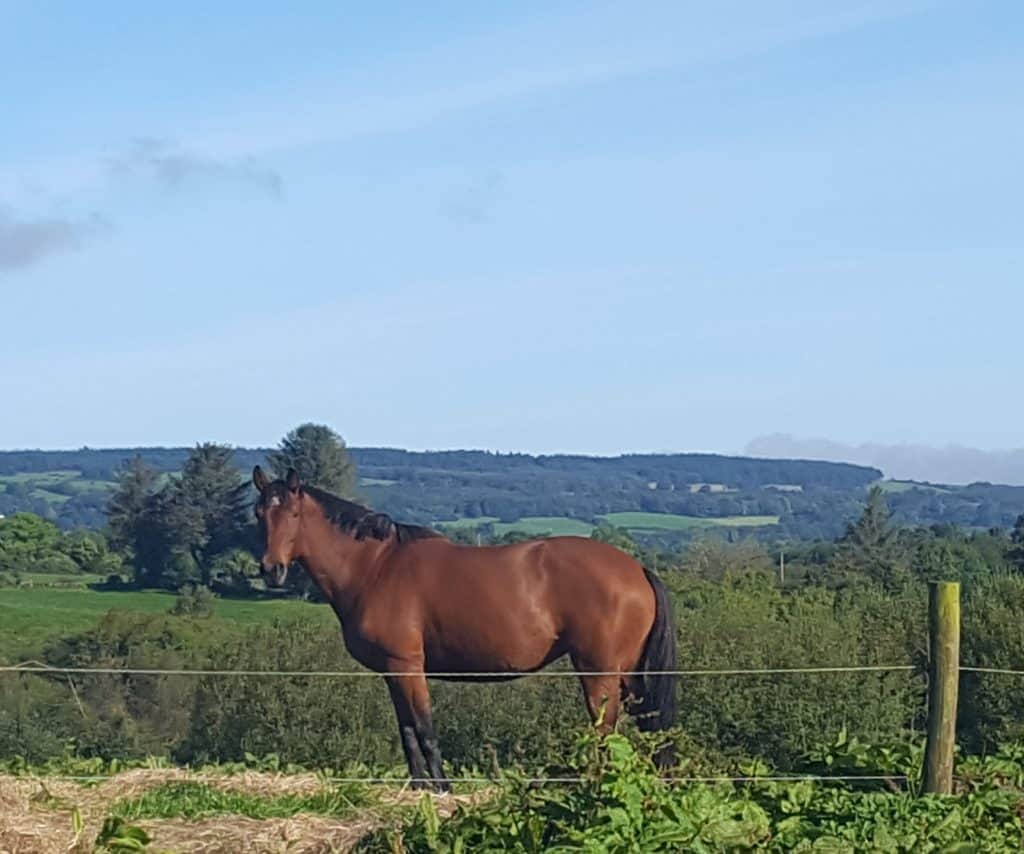
When preparing a mare for the breeding season her body condition and general state of health should be assessed. Research has shown a direct link between the effect of nutrition and body condition on reproductive efficiency in mares.
One of the biggest challenges in feeding barren mares is preventing them from getting fat, regulating their body condition helps to ensure optimum conception rates. Over fat mares are often difficult to get in foal and underweight mares are often not cycling properly due to malnutrition.
Mares need to be in “optimal” condition to breed. We usually look at a condition score of 3- on the Carroll and Huntington system, Grade 0 (emaciated) to Grade 5 (obese). Mares should be conditioned over an 8 to 12 week period for optimum body condition. It is desirable to have the mare on a rising plane of nutrition 8 weeks prior to the proposed breeding date as this gives better conception rates.
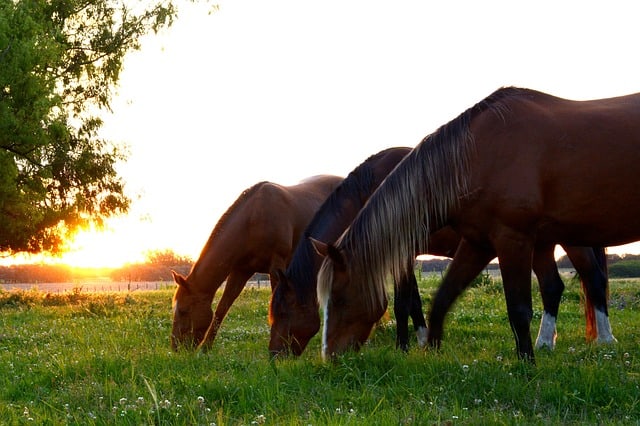
In the natural breeding season this coincides with the seasons and horses losing some condition in the winter (November to February) and naturally having a rise in nutrition from better grass growth in the spring (Marc toApril). For early commercial breeding we need to assess barren mares in the early Autumn so we can make changes to their condition gradually and have them on a rising level about 8 weeks prior to when we want to get them in foal.
Generally speaking barren mares in optimal condition in the Autumn will only require good hay as a maintenance ration. Supplementary feed of a good quality stud ration at the recommended level can be introduced 8 weeks prior to breeding.
Turn up the heating.
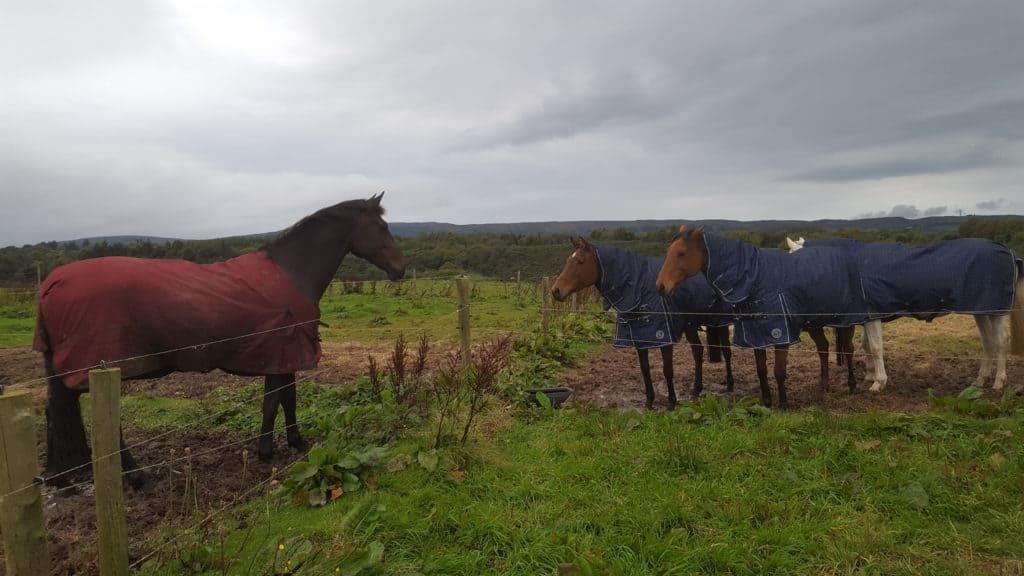
In the natural breeding season as spring progresses we get an increase in the temperature, so to simulate this in our early breeders we can put a rug on to help warm them up for breeding.
Some Points to consider.
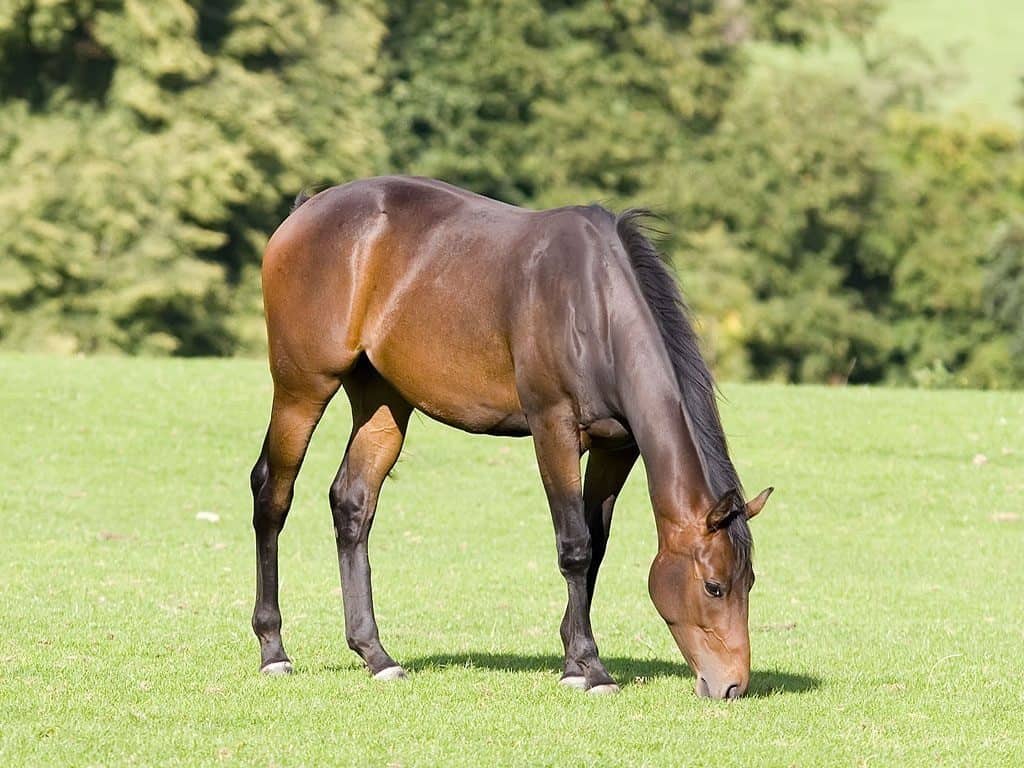
Consider the end product, what type of animal do you want to produce? Are you breeding to sell and make a profit or to home produce and keep?
50% of genetic potential comes from the mare. A good stallion will improve a poor mares offspring but the mare will have equal influence and the mare will influence the offspring by her nurture and behaviour. Some mares will consistently produce good offspring from a variety of stallions and are valuable breed improvers.
Mares should not be breed from for sentimental purposes- they need proven performance or good performance pedigree and need to be free from hereditary defect and unsoundness.
Can you afford it and do you have the patience? It can be very expensive to breed, If you are starting with a barren mare you will be waiting 11 months for the foal and at least 6 months until you can sell as a weanling. If you intend to keep it and produce it you will be another 3 to 4 years until you are likely to be selling and you may have 3 more of its siblings to feed by then.
If you have a suitable Irish sport horse mare it’s well worth presenting her for selection with Horse Sport Ireland. This involves a pedigree assessment, Veterinary assessment, and a static, dynamic and athletic assessment. Those that are successful and achieve the required scores are then classified as “select” and are eligible for star ratings for their own performance and that of their family. This all should increase the value of the mares offspring.
The mares are also given a linear profile which can assist the breeder with matching the mare to a suitable stallion that complements her in conformation and movement.
Mare Inspections are held throughout the year, for more information on the dates for 2020 contact Horse Sport Ireland.
Article written by Jessica Soley BHSI. Jessica is a level 5 performance coach and Senior assessor for the British Horse Society. Having competed and run her own competition yard she is now an Equine Tutor for QQI Equine courses at level 5&6 run by KWETB in Kildare. For more information check out;
http://www.curraghpps.ie/plc.html
or email -curraghequine@kwetb.ie
Article originally published in the January 2019 Issue of Irish Sport Horse Magazine.
